FERC Panel Finds Deficiencies in Oroville Dam Safety Reviews
After the Oroville spillway failure, hydropower regulators assess the dam inspection process.
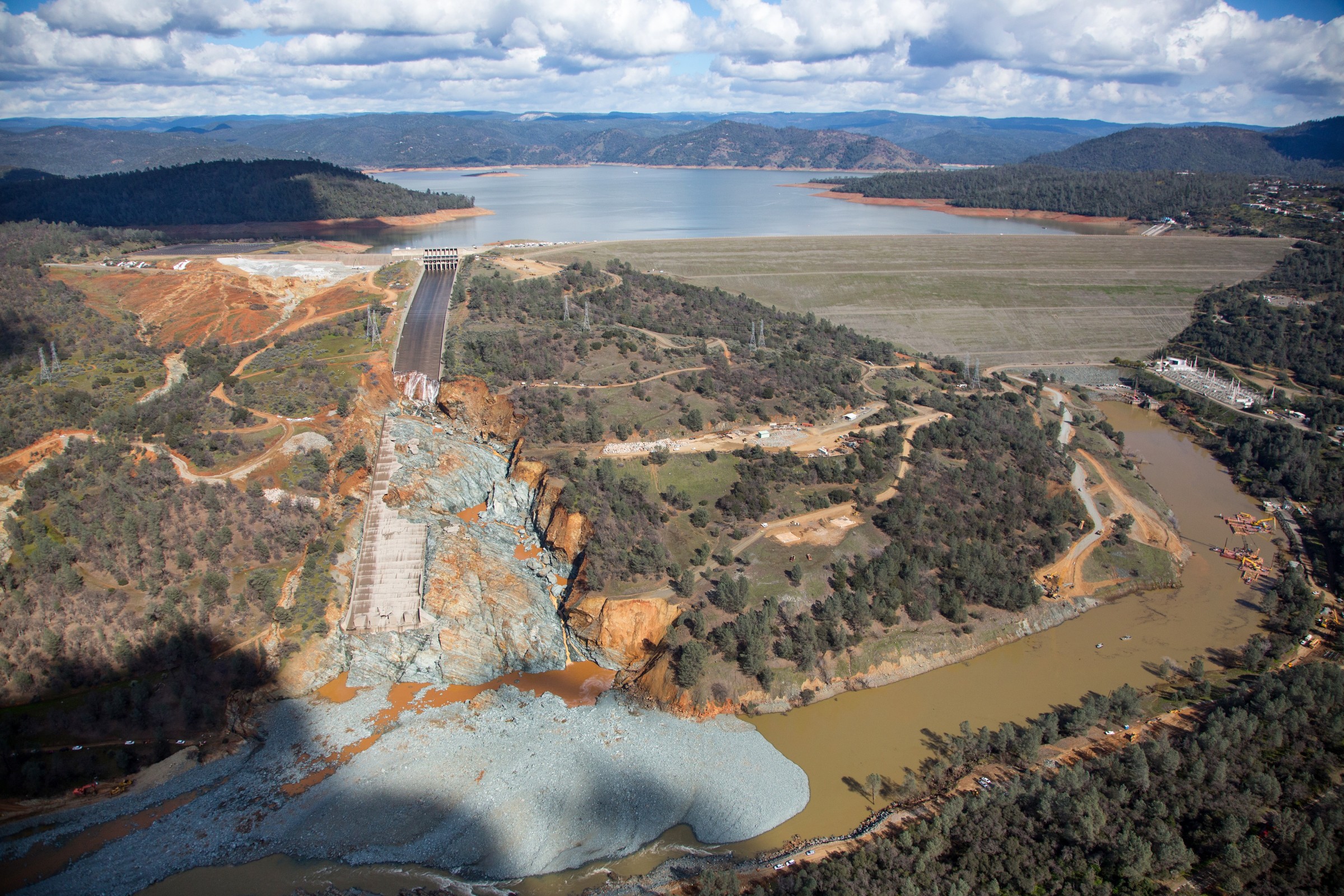
An aerial view of the damaged Oroville Dam spillway and the huge debris field below it, in a photo taken on February 27, 2017. Photo courtesy of Dale Kolke / California Department of Water Resources
By Brett Walton, Circle of Blue
Dam inspectors overlooked technical details during safety evaluations that could have identified structural problems with the Oroville Dam spillway before it broke during heavy rains in February 2017, according to an assessment ordered by the Federal Energy Regulatory Commission.
FERC assembled an independent, six-person panel to assess the safety inspections that are required every five years for the roughly 2,500 hydropower facilities that FERC regulates.
This is the second time in recent months that FERC’s dam safety program has been criticized. In October, the Government Accountability Office, a watchdog agency, rebuked FERC’s safety evaluations for being too narrow and thus not able to identify similar risks across all the dams it oversees.
The Oroville review panel looked specifically at inspections at the nation’s tallest dam, a state-owned structure on the Feather River in northern California. When the main spillway crumbled in February 2017, it forced the evacuation of 188,000 residents downstream.
The panel’s main complaint is that safety inspections were “cursory,” not looking deeply into the dam’s original design specifications or technical reports about the site’s soils and geology.
“Based on our review of the historical Part 12 report record, certain aspects of these reviews were treated as merely updates of existing information, rather than an independent checking of facts and a thorough review of available information and analyses,” the report states.
Part 12 is a provision in FERC regulations that requires dam inspections every five years. Oroville Dam was completed in 1968 and had undergone eight Part 12 reviews, most recently in 2014. The inspections are carried out by licensed engineering firms.
The “overall lack of rigor” in the inspections may be a cause for concern at other dams subject to Part 12 reviews, the panel said, noting other dam safety incidents related to deficiencies that went undetected. “Therefore, it should be noted that this oversight appears to be of a systematic or cultural nature that needs to be somehow overcome through direction by FERC to motivate dam owners to dig deeper for a better understanding of their structures and operational risks.”
As for the spillway’s performance, the panel concluded that the failure was due in large part to faulty construction that did not follow initial designs. A number of mistakes were found. Erodible soil was left in place beneath the spillway, anchoring points were too shallow, and the concrete slab that forms the spillway was too thin.
Subsequent inspections did not compare the original designs to what was actually constructed, the report states.
The cost of reconstructing the spillway has climbed to more than $1.1 billion dollars. State officials expect the federal government to cover up to 75 percent of the tab.
Brett writes about agriculture, energy, infrastructure, and the politics and economics of water in the United States. He also writes the Federal Water Tap, Circle of Blue’s weekly digest of U.S. government water news. He is the winner of two Society of Environmental Journalists reporting awards, one of the top honors in American environmental journalism: first place for explanatory reporting for a series on septic system pollution in the United States(2016) and third place for beat reporting in a small market (2014). He received the Sierra Club’s Distinguished Service Award in 2018. Brett lives in Seattle, where he hikes the mountains and bakes pies. Contact Brett Walton

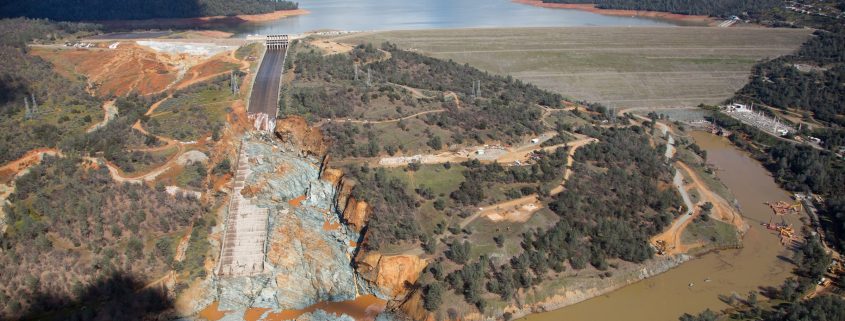

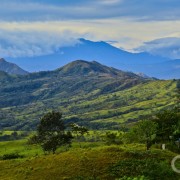
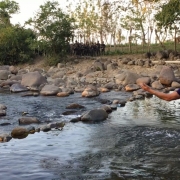
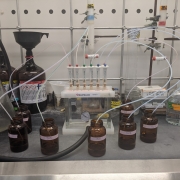
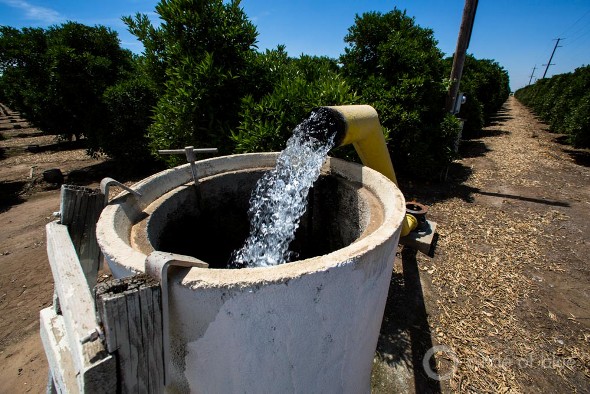

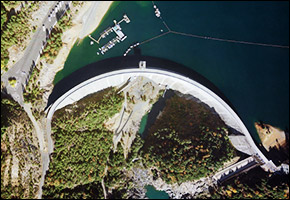


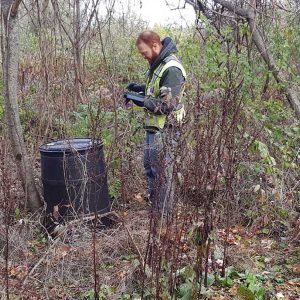

Leave a Reply
Want to join the discussion?Feel free to contribute!